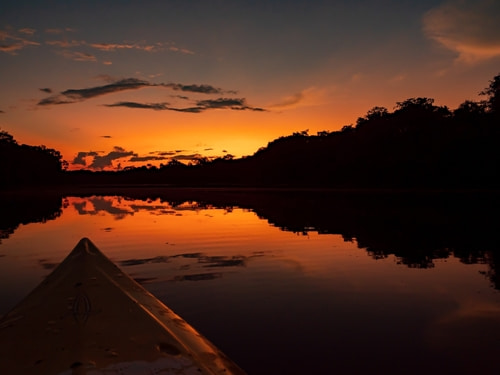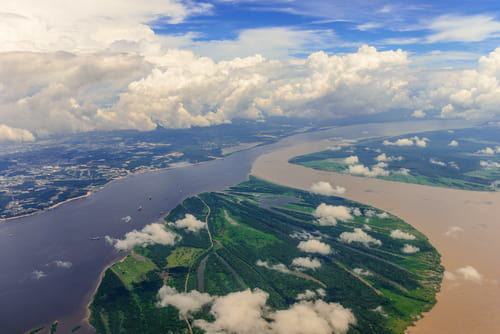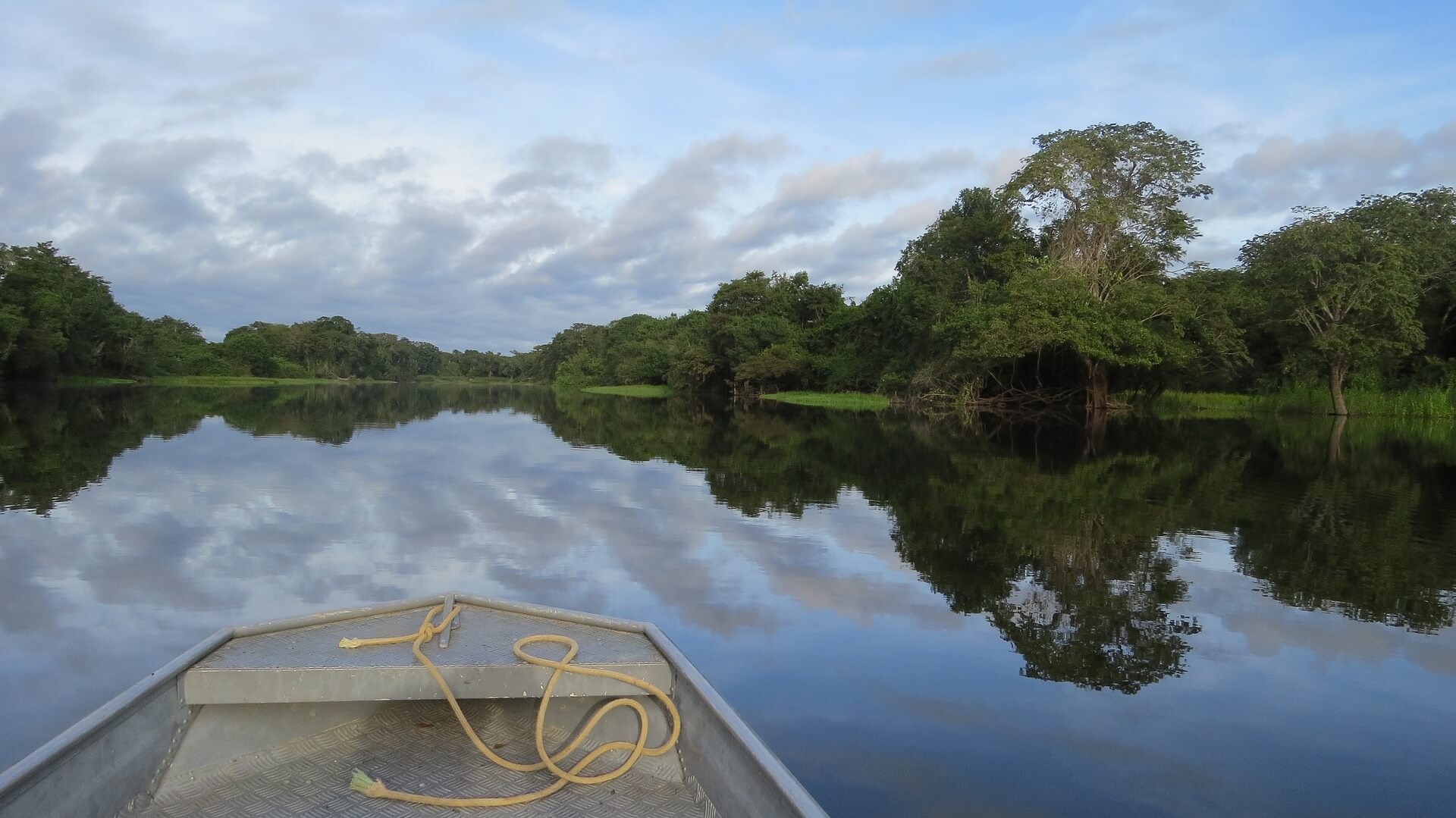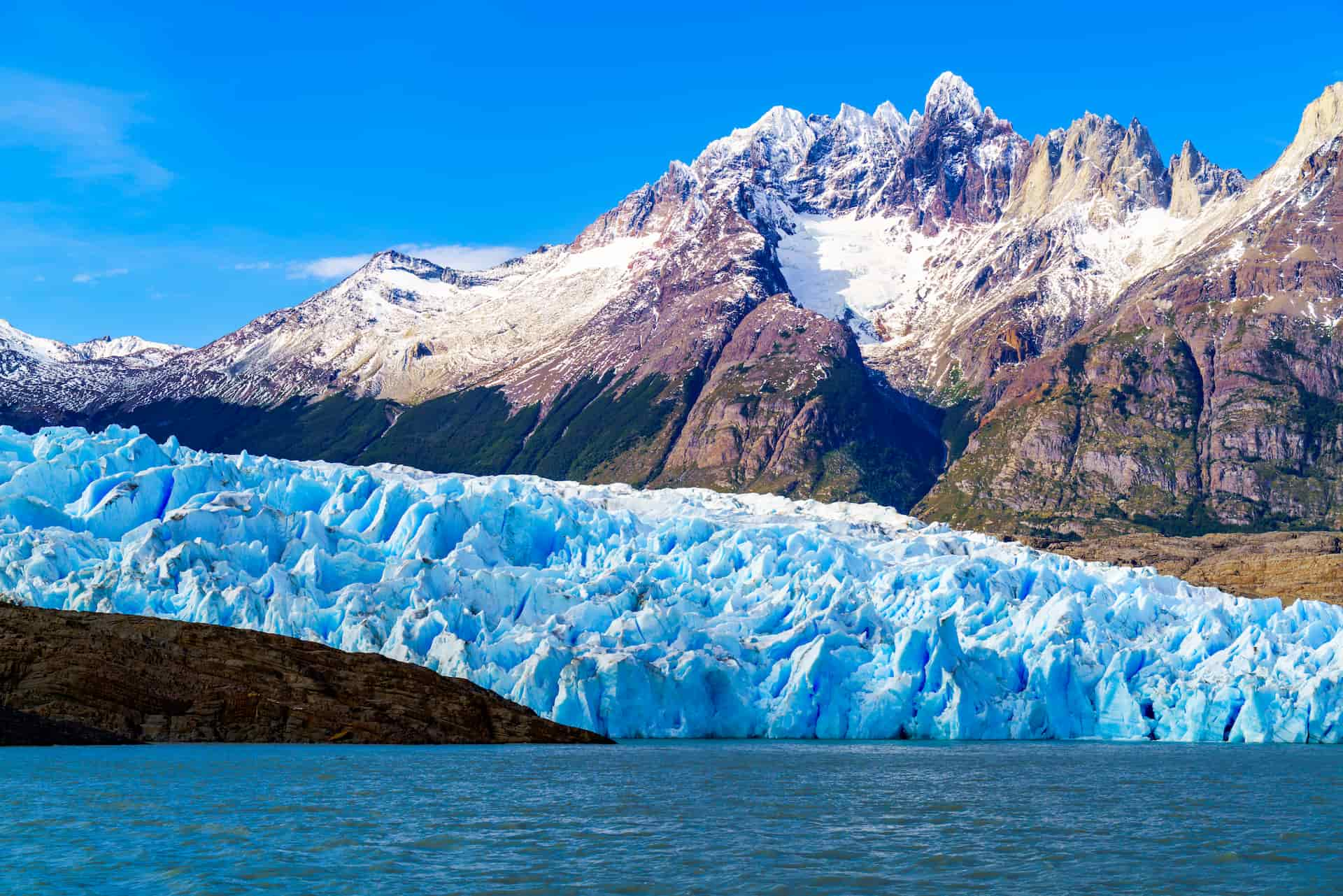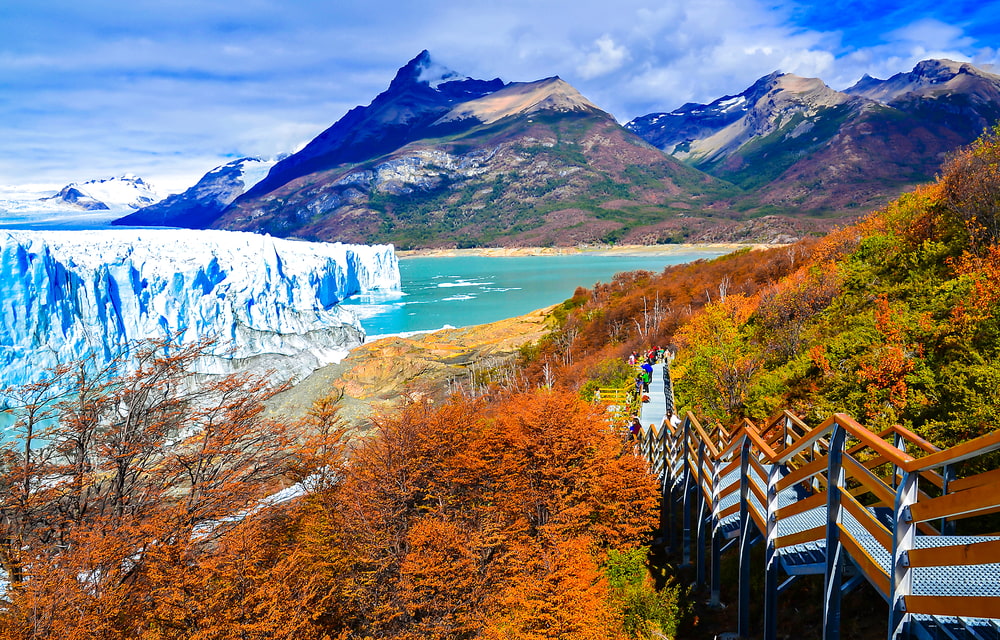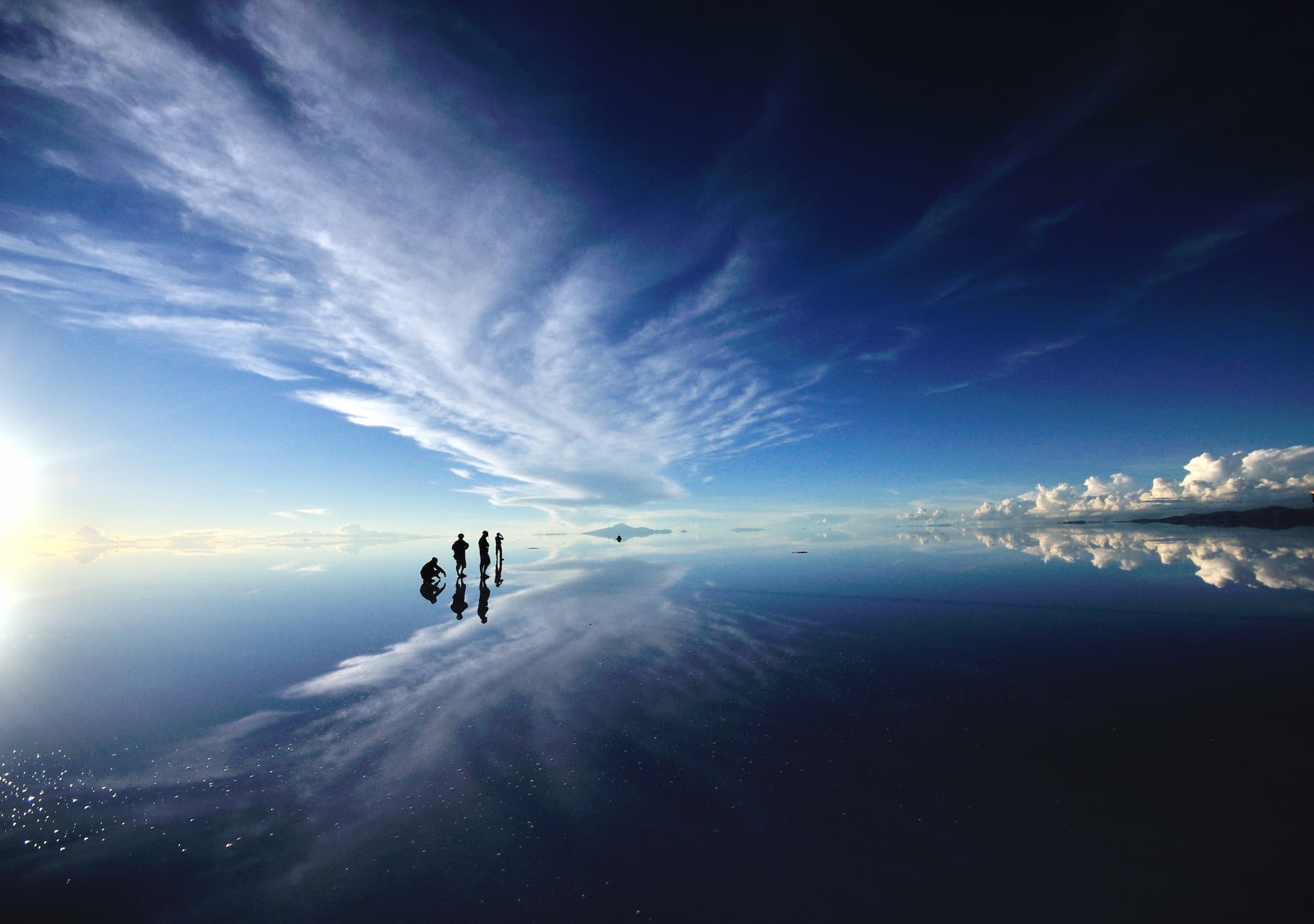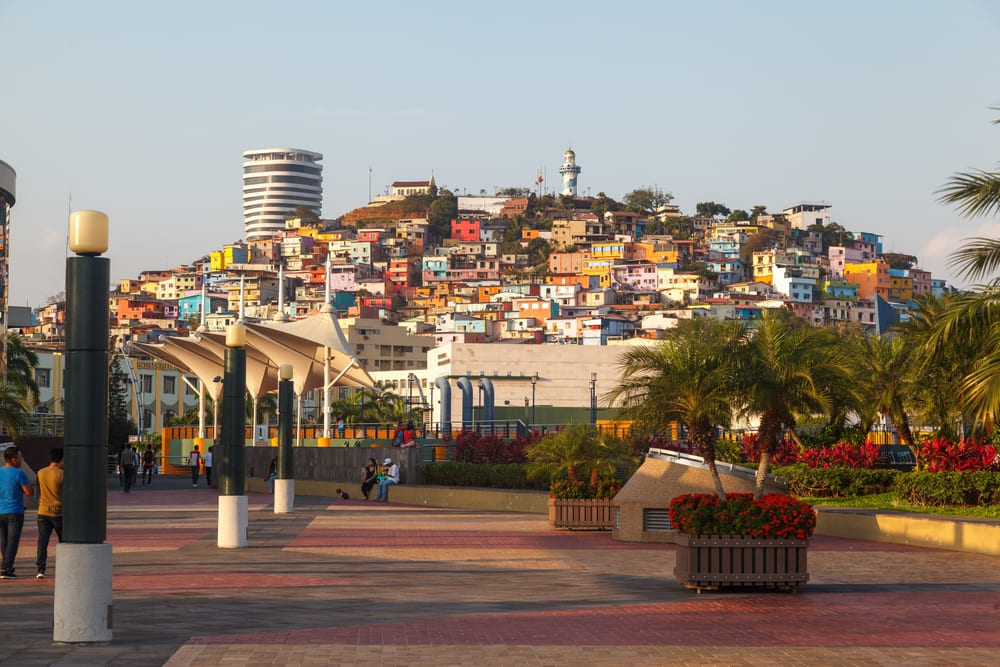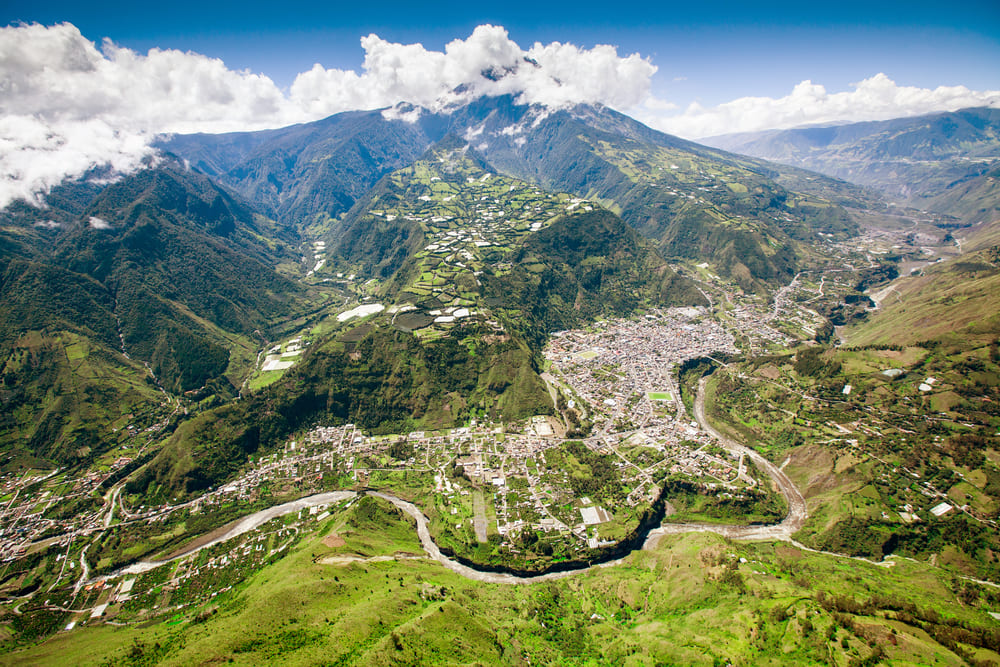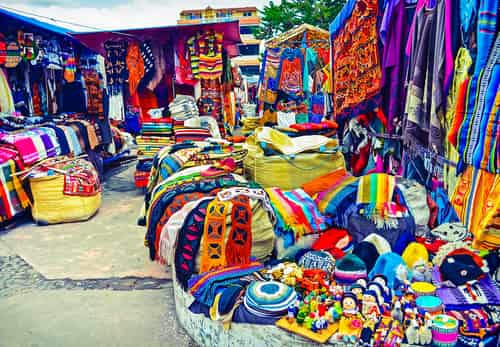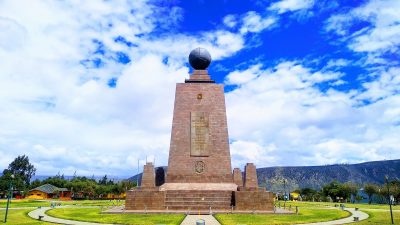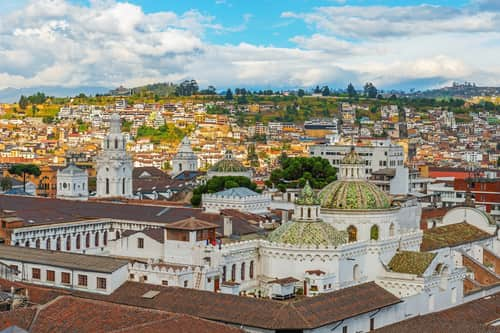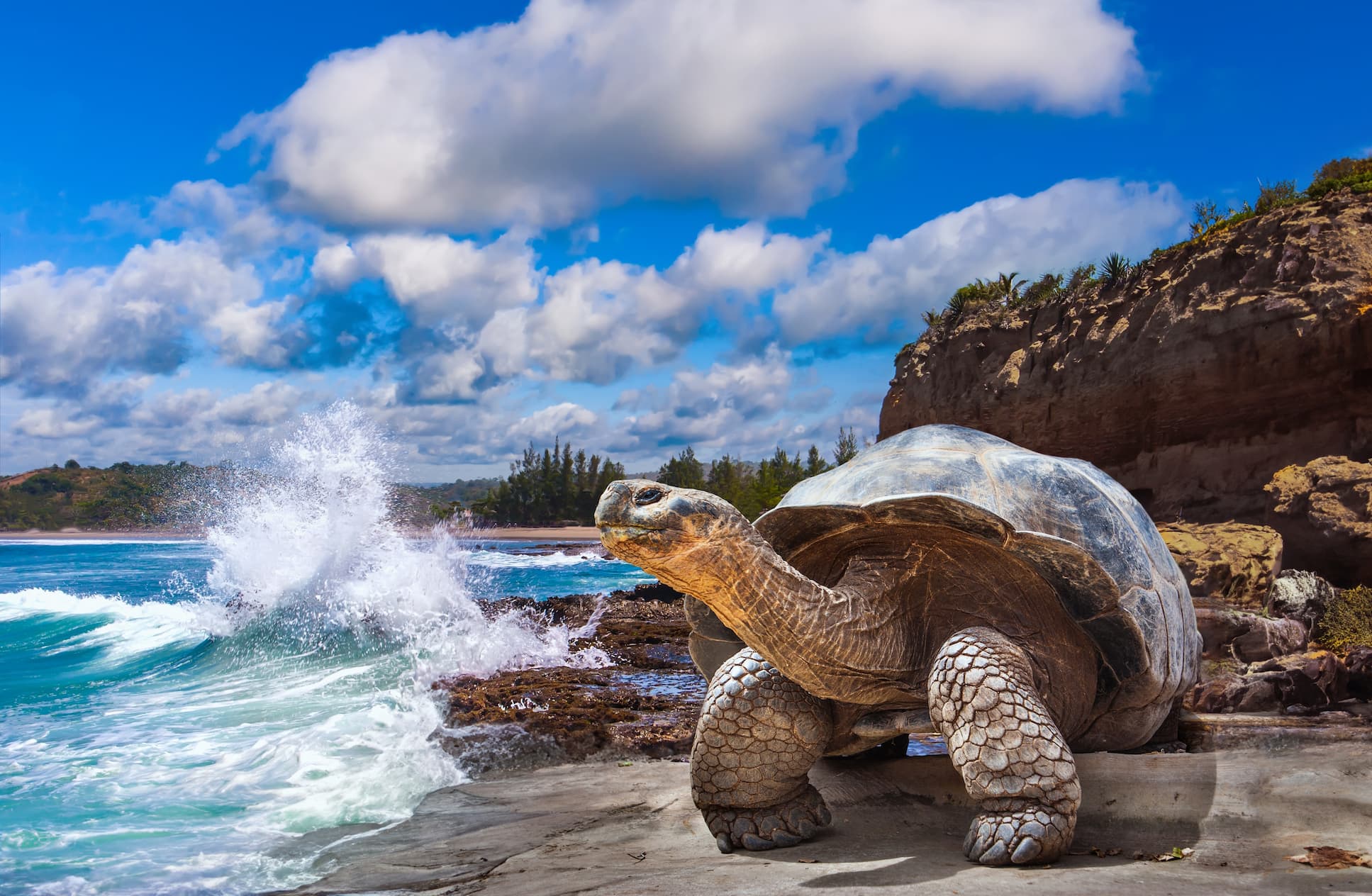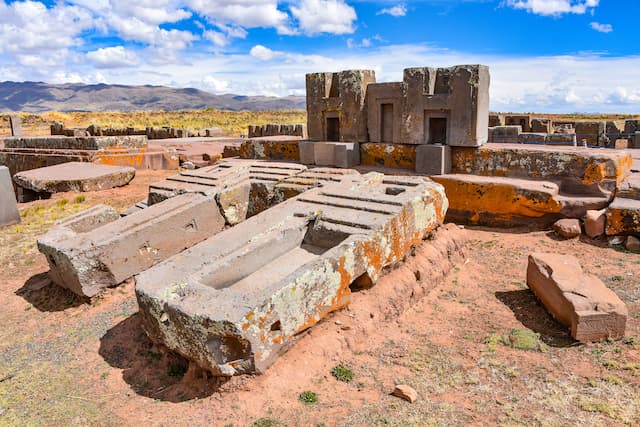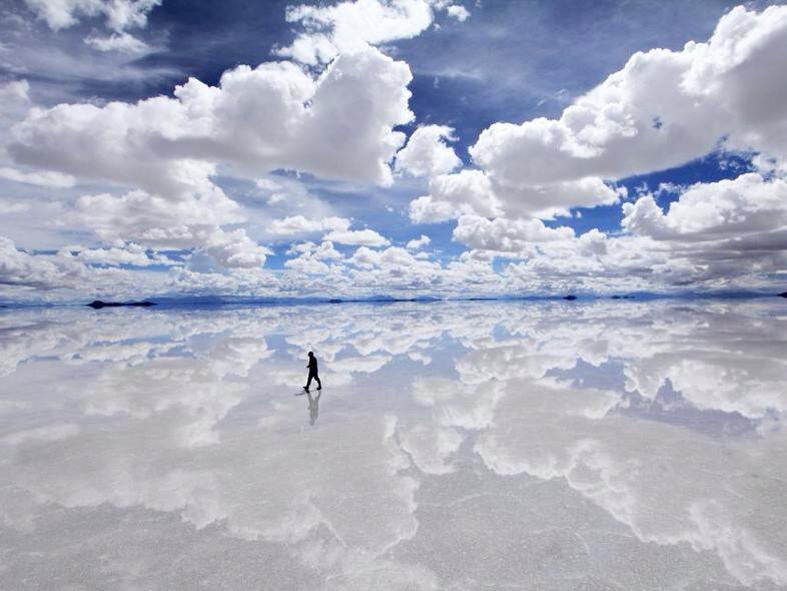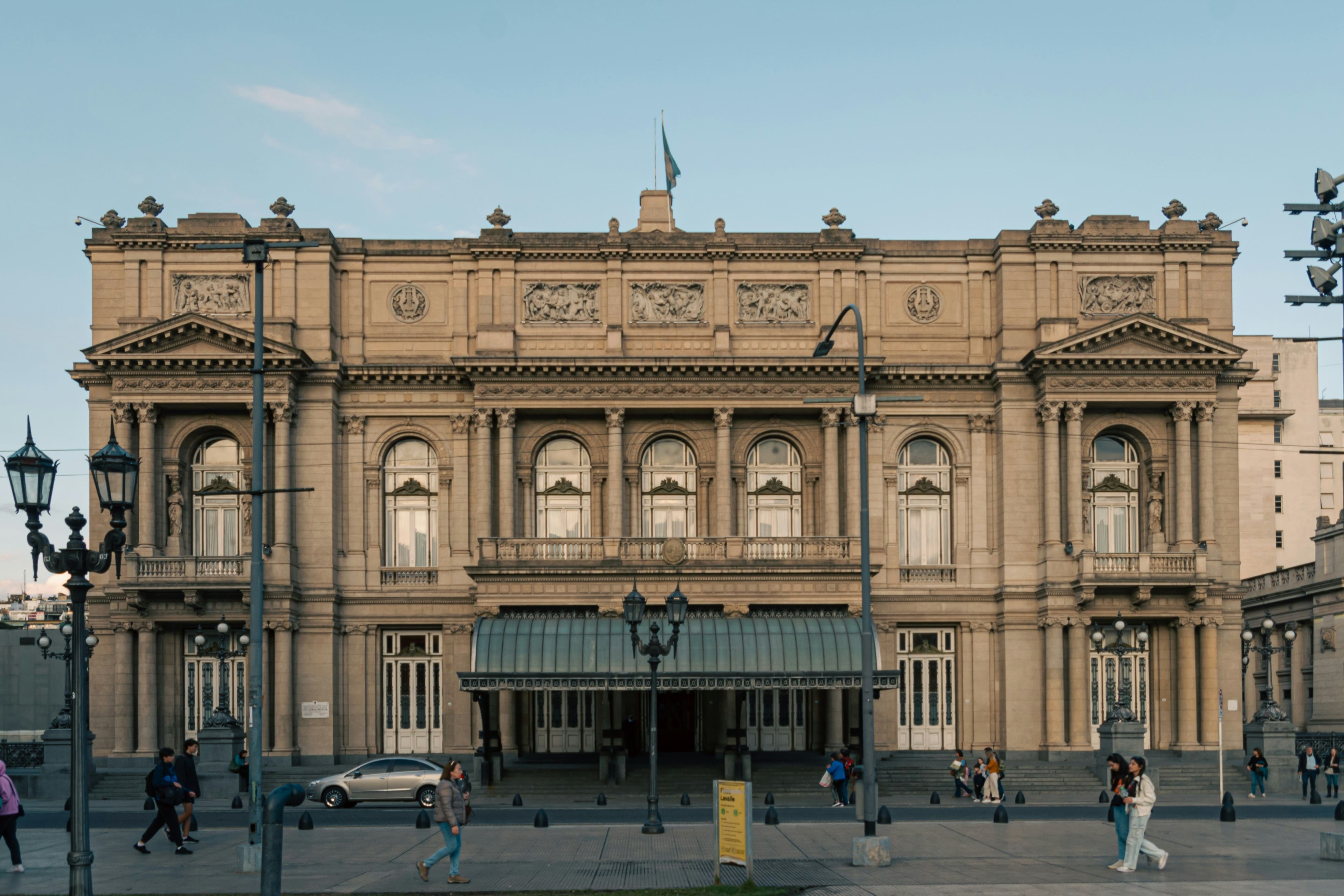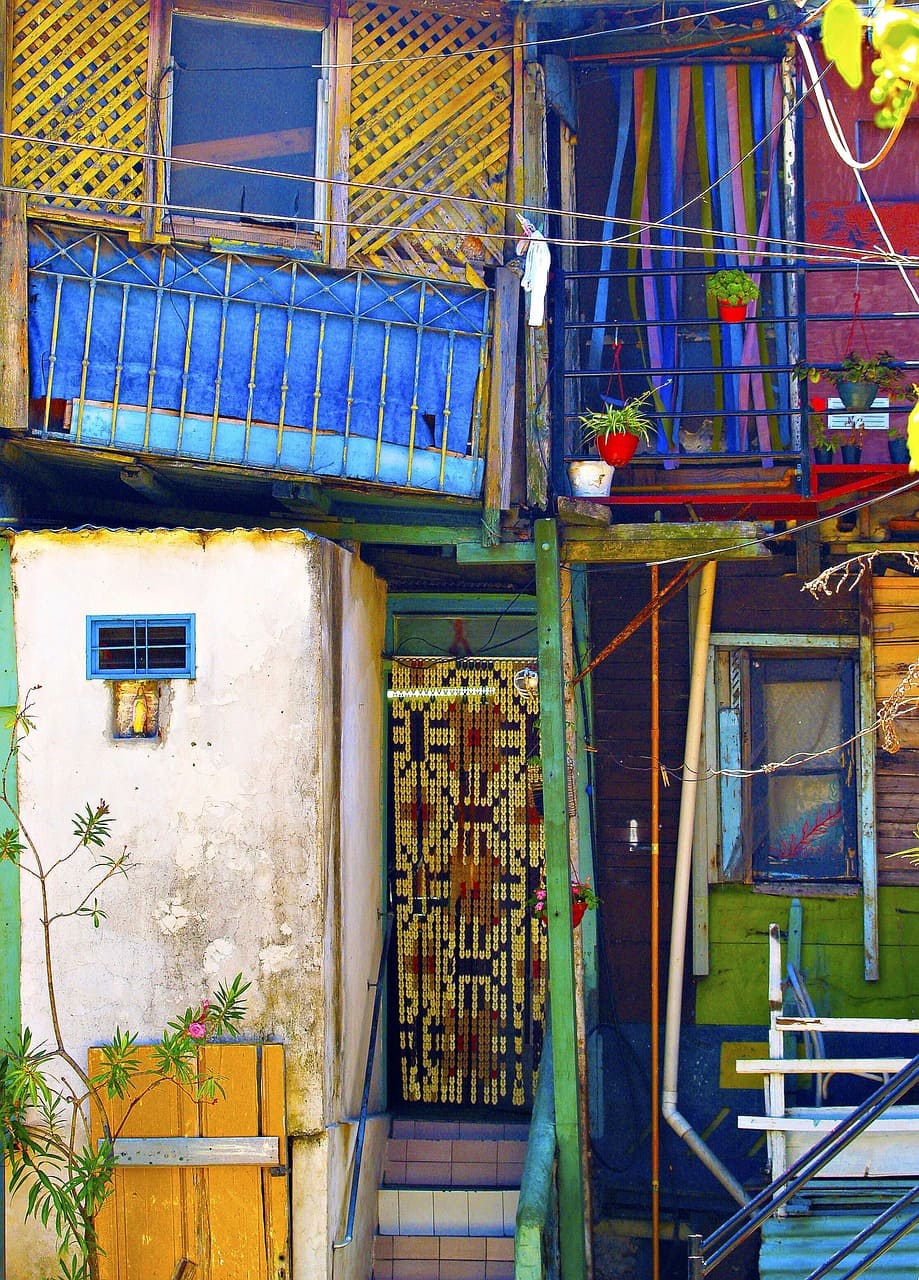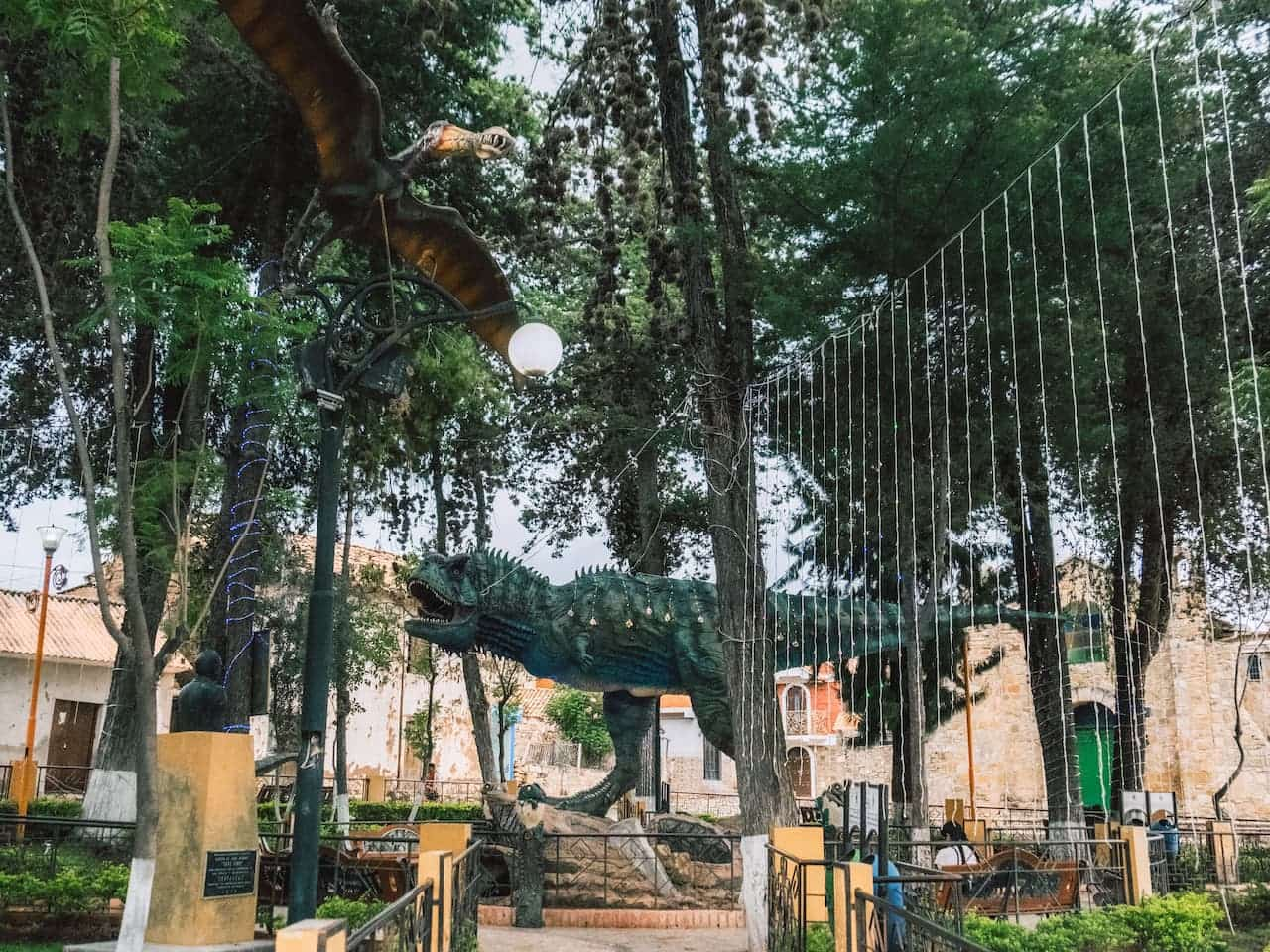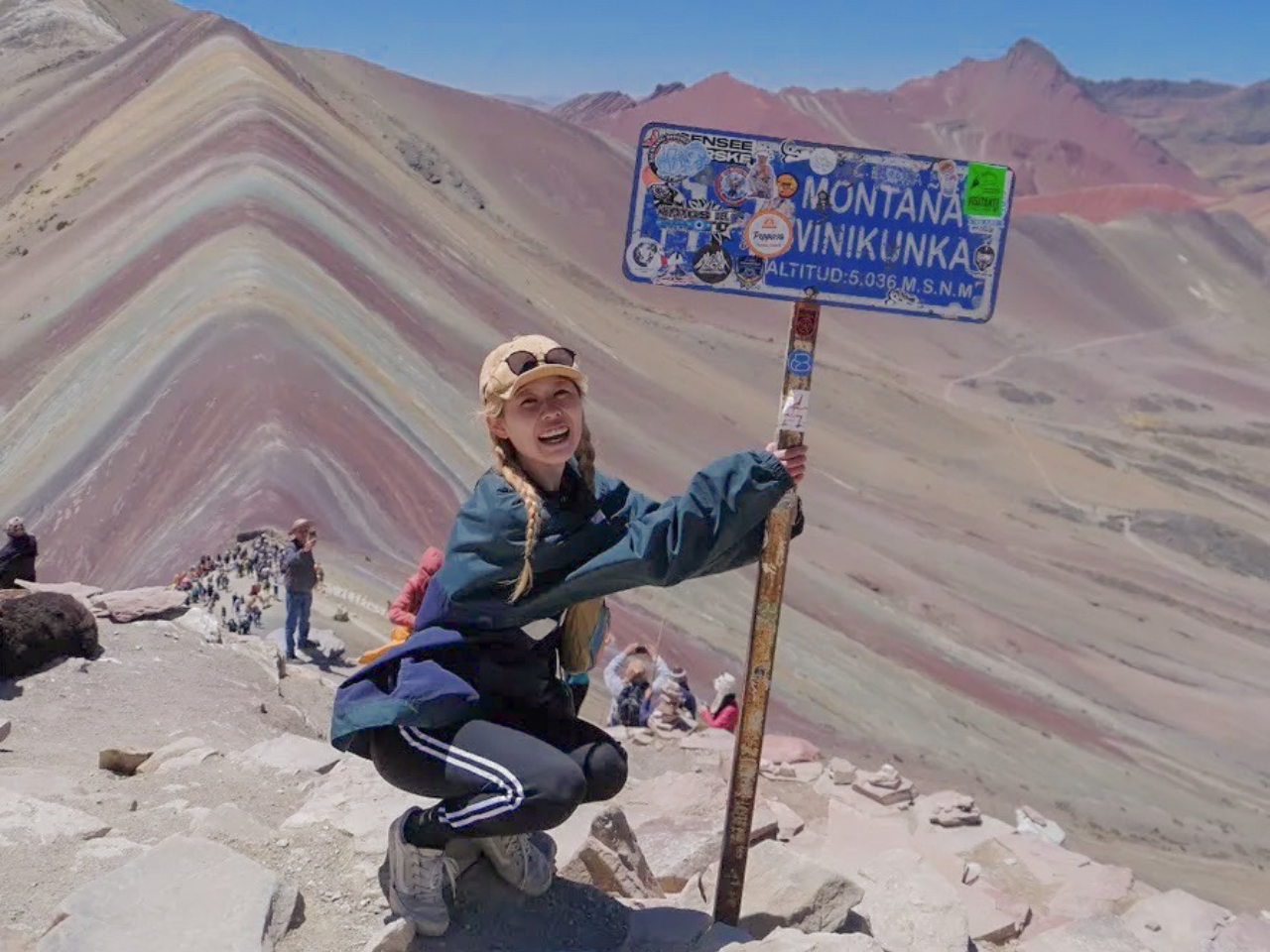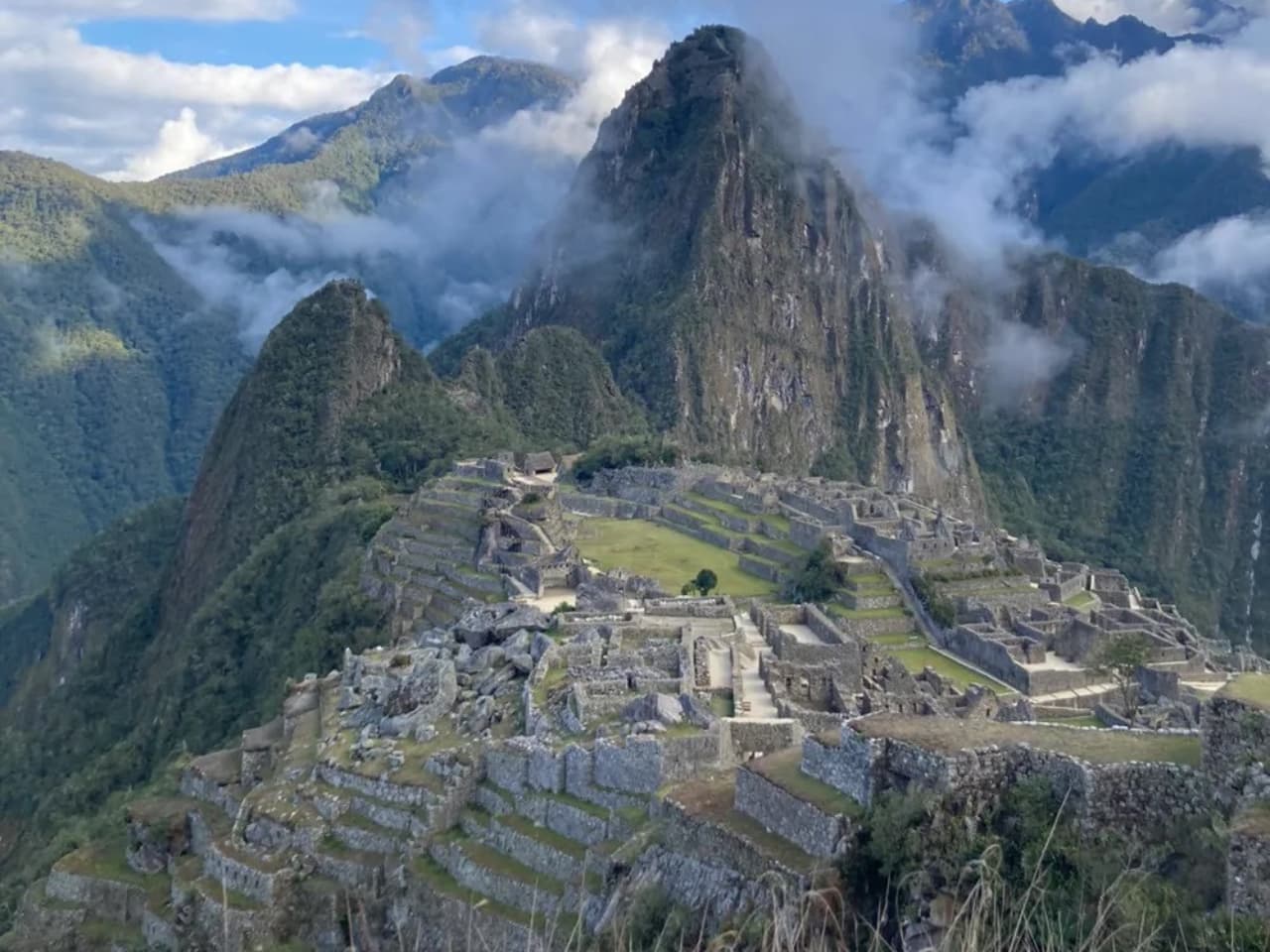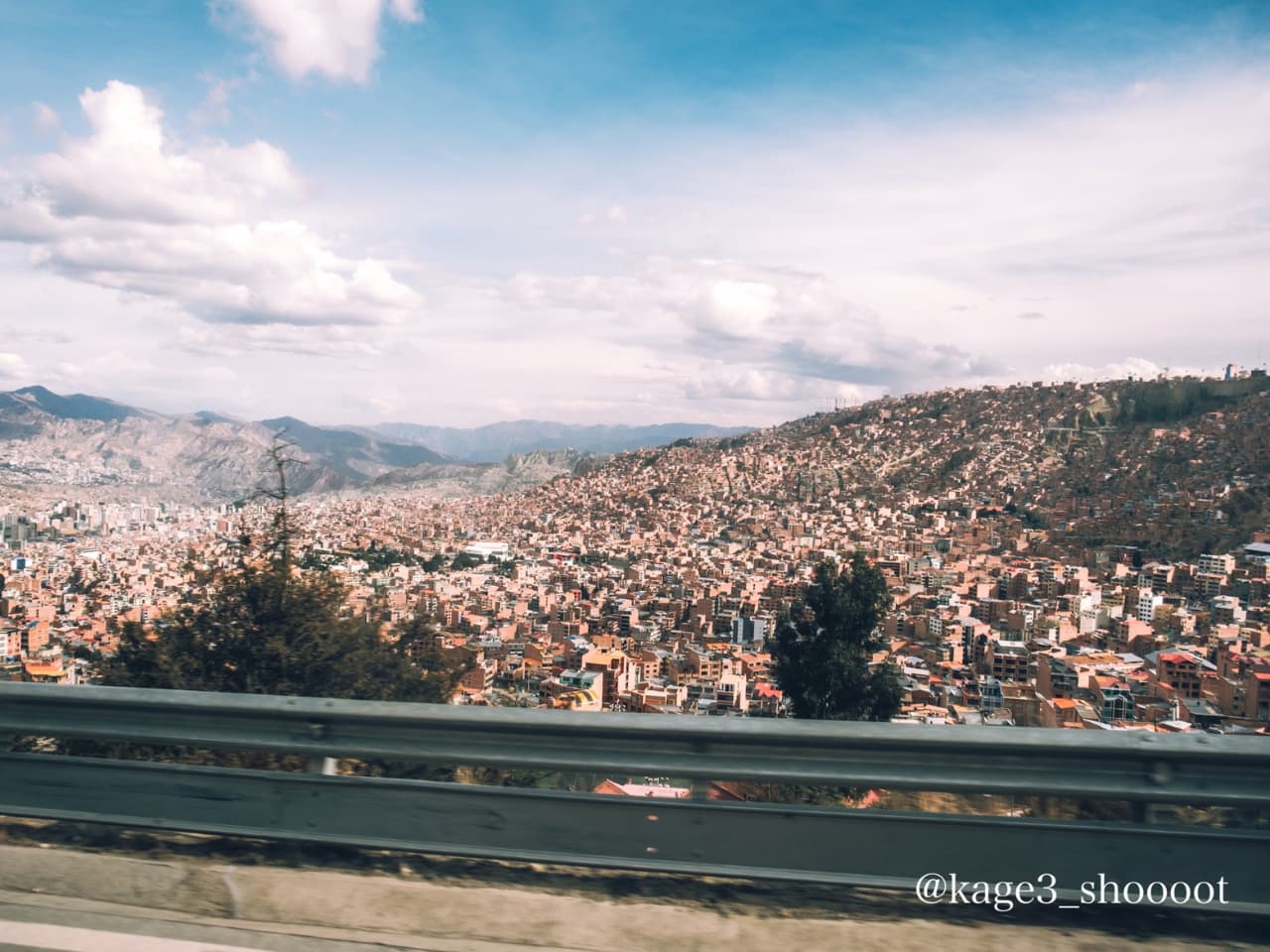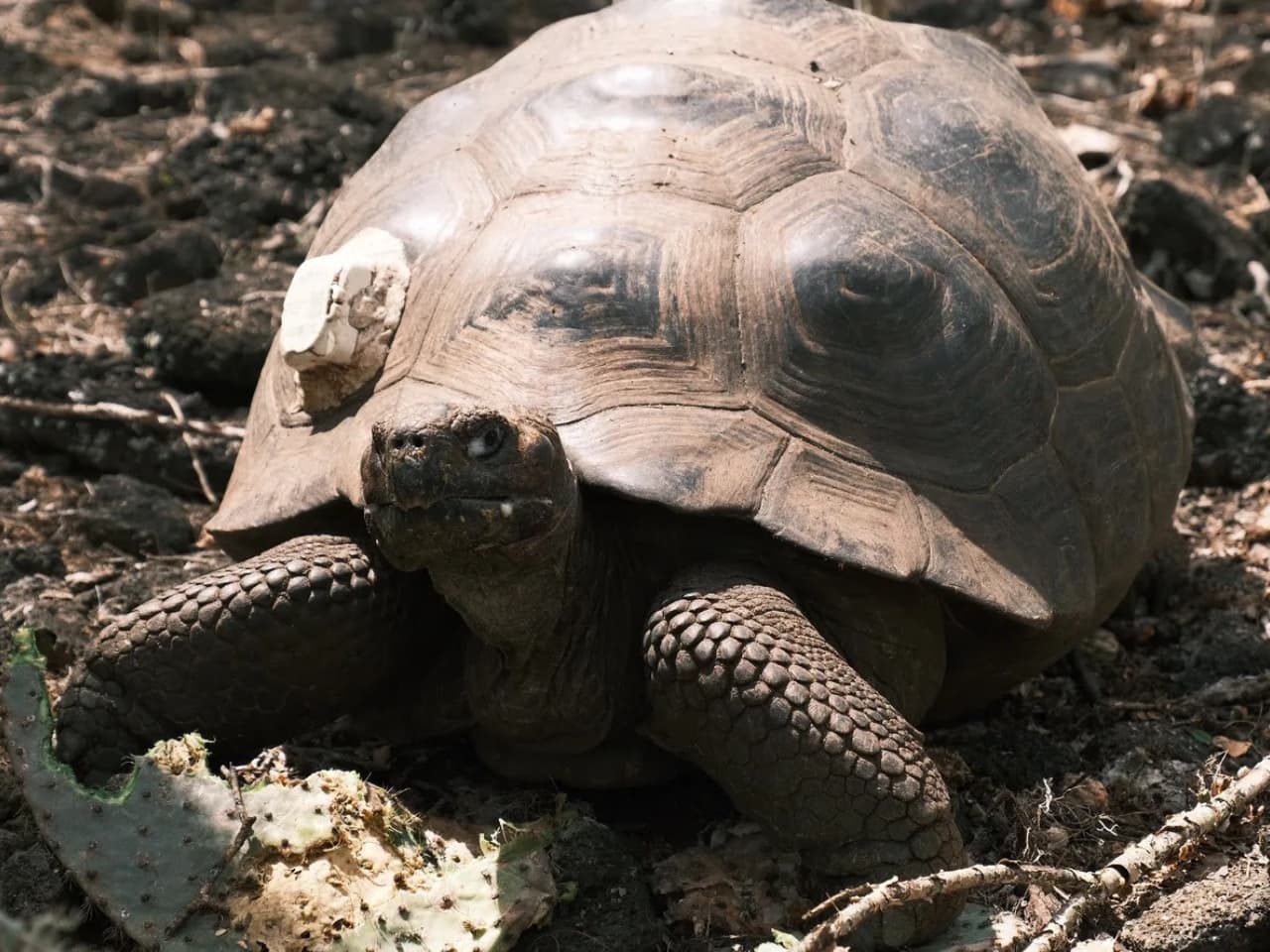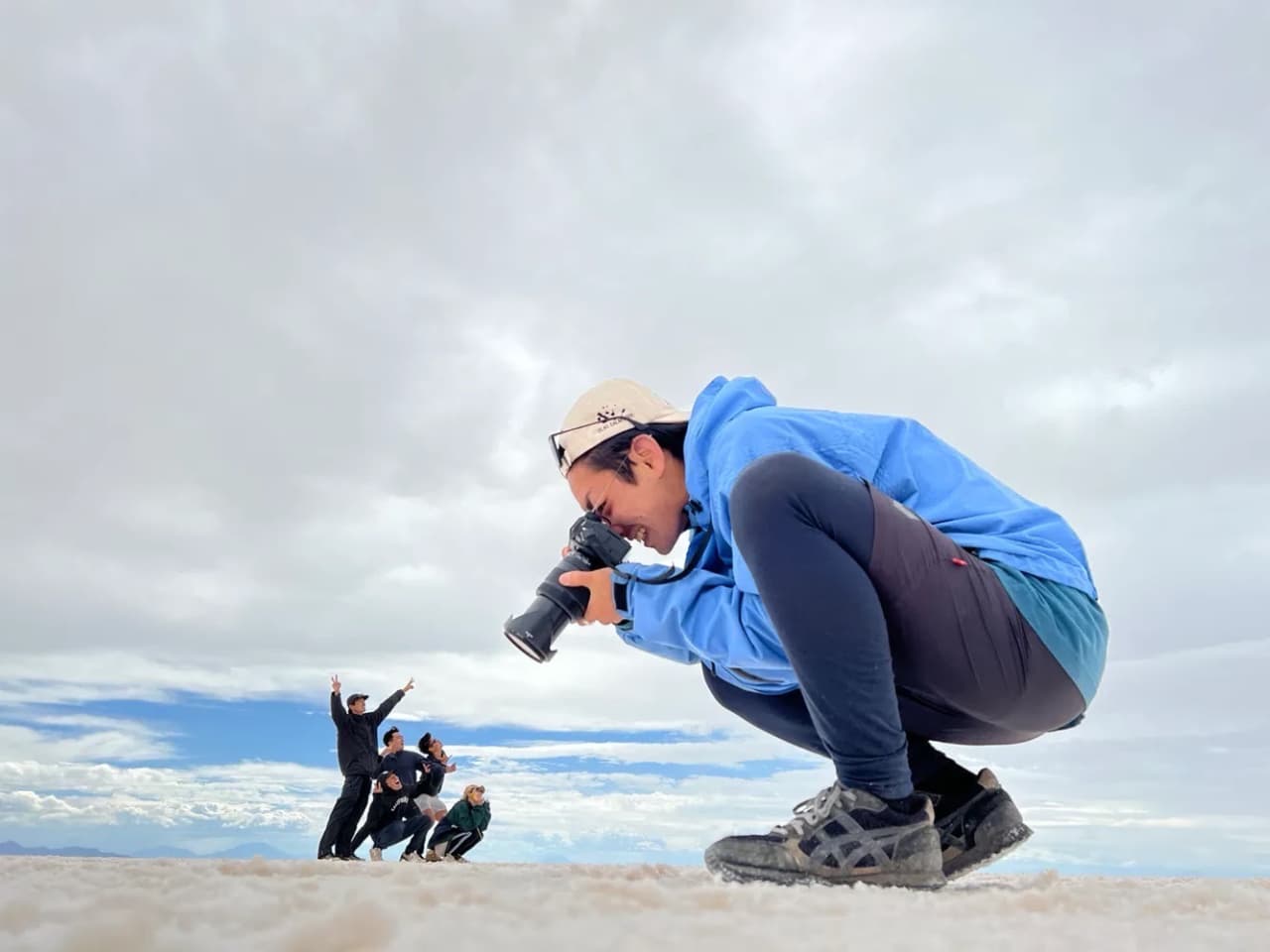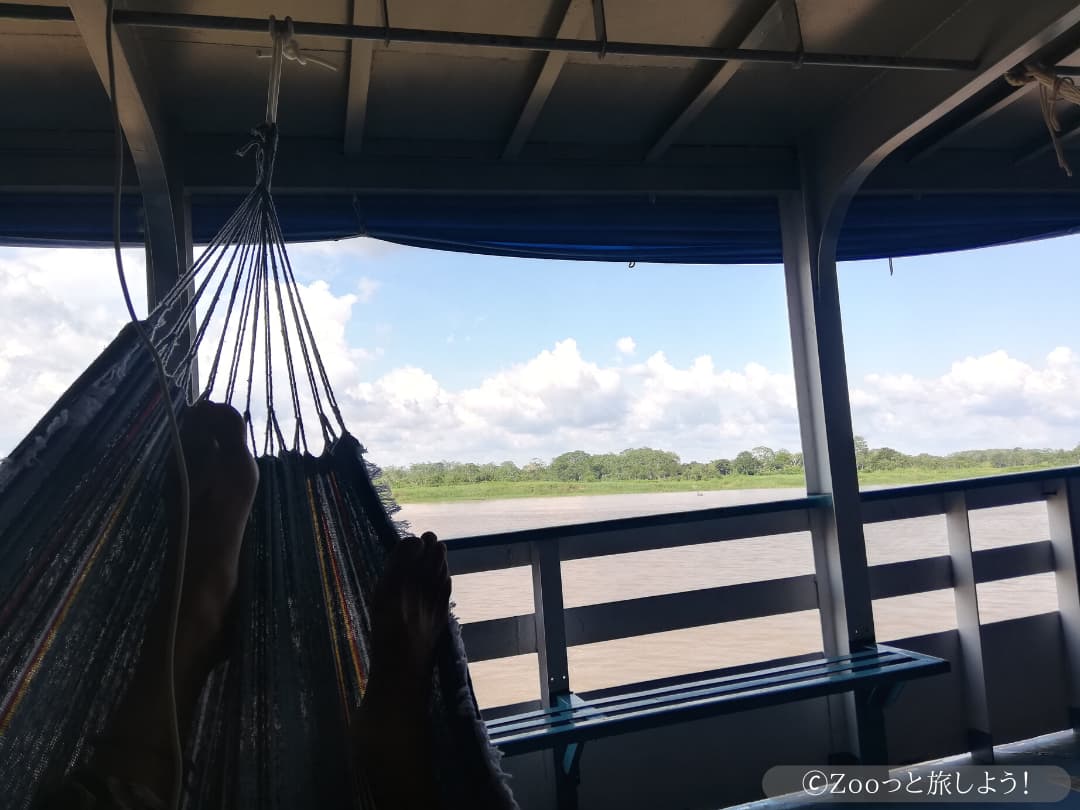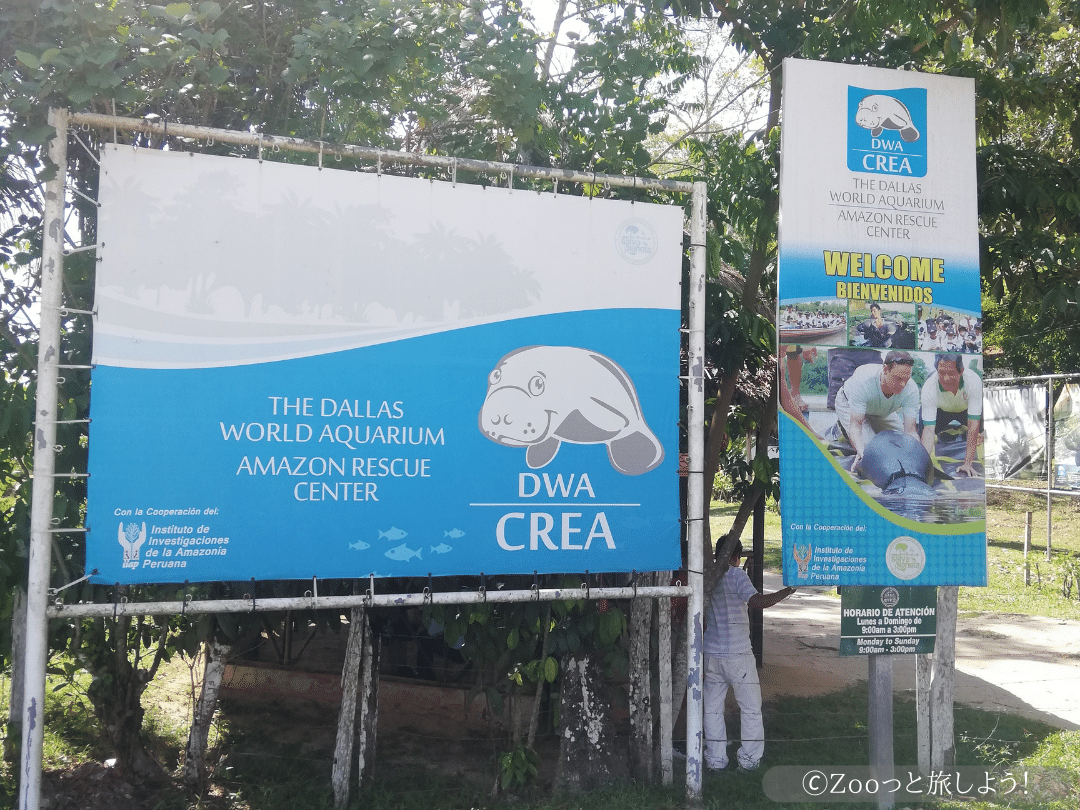If you visit Guayaquil, Ecuador’s largest city, you cannot miss the magnificent boardwalk “Malecón 2000” that stretches along the Guayas River. Once a dangerous and rundown riverside area, it has been transformed through an urban renewal project into one of South America’s most beautiful public spaces. This 2.5 km boardwalk, a source of pride for locals and a symbol of Guayaquil, offers a unique spot where you can experience the city’s past, present, and future all at once.
A place where the stories of the river and the city intersect.
This urban renewal project, which started in 1998 and was completed in 2000, was named “Malecón 2000” in honor of its completion year. The boardwalk along the Guayas River is a space where Guayaquil’s history—as a prosperous port town since colonial times—harmoniously merges with modern development. A walk along the river reveals monuments that recount Ecuador’s history alternated with contemporary facilities, ensuring that visitors are never bored.
Especially at dusk, the sunset reflected on the river and the city lights of Guayaquil create an enchanting scene. It’s no wonder that locals say, “If you want to see the colorful soul of Guayaquil, watch the twilight along the Malecón.”
Tropical Garden and Sculpture Forest
One of the attractions of Malecón 2000 is its beautiful garden, lush with tropical plants. The “Botanical Garden” area, lined with vividly colored tropical flowers and towering palm trees, is an ideal spot to take a break from the intense heat of Guayaquil.
Also not to be missed are the numerous artworks scattered throughout the boardwalk. In particular, sculptures by renowned Ecuadorian artists express the nation's cultural identity. In the circular plaza known as “La Rota,” there is a monument depicting the historic meeting between South American liberation heroes Simón Bolívar and San Martín, which has become a popular photo spot for many tourists.
Attractions Enjoyable for Everyone, from Children to Adults.
Malecón 2000 is not just a promenade. It offers a diverse array of attractions that families can enjoy all day long.
At the 'IMAX Theater,' you can enjoy the latest 3D films, while a modern glass-clad building known as the 'Crystal Palace' brings together exhibition spaces and restaurants. A particular favorite among children is the 'Children's Playground' on the north side of the promenade, featuring colorful play structures and a small Ferris wheel that draws many families on weekends.
Also, a giant Ferris wheel known as 'La Perla (The Pearl)' was completed in 2020 and has become a new landmark in Guayaquil. From 57 meters high, it offers a magnificent panorama of both the Guayas River and the cityscape of Guayaquil.
The Temptation of Gourmet Delights and Shopping
Malecón 2000 is also a place to fully experience Ecuador’s culinary heritage. Along the promenade, restaurants and food courts serve traditional dishes such as 'ceviche' and 'encocado' (a fish dish with coconut sauce) prepared with fresh seafood.
A particular highlight is the food market known as 'Mercado del Río.' Here, you can enjoy a variety of dishes made with local ingredients at affordable prices, and sharing a table with locals is one of the true pleasures of travel.
For shopping enthusiasts, 'Shopping Malecón' is not to be missed. It brings together a variety of stores, from local craft shops to global brands, where you can find souvenirs such as Ecuadorian-made Panama hats, chocolates, and balsawood crafts.
A Gateway to a Deeper Understanding of Guayaquil
The allure of Malecón 2000 extends into the city of Guayaquil itself. At the southern end of the promenade begins the 437-step staircase of 'Santa Ana Hill,' which leads to the colorful 'Las Peñas' district that blankets the hillside. The view from the top is breathtaking, offering a panoramic vista of the entire city.
Moreover, from the northern end, you can reach the city’s oldest area, 'Seminario Park,' and the neo-Gothic 'Metropolitan Cathedral' on foot. Seminario Park, famous for its freely roaming iguanas, offers a unique natural experience right in the midst of the city.
Practical information and visiting tips
Although Malecón 2000 is open 24 hours, it is safest to enjoy it during the day and early evening. Particularly on weekend evenings, the area teems with local families, offering an authentic taste of Guayaquil’s atmosphere.
Free Wi-Fi hotspots, friendly to tourists, are available throughout the area, and the entire promenade is safeguarded by private security, making it relatively safe. However, you still need to be cautious with your valuables.
Given Guayaquil’s hot and humid climate, be sure to wear a hat, use sunscreen, and stay hydrated when visiting during the day. Free water stations are also available along the promenade.
In Conclusion: As a Symbol of Urban Regeneration
Malecón 2000 is more than just a tourist spot—it’s a symbolic space that demonstrates urban regeneration and potential. An area once in ruins has been transformed into a beautiful public space that now stands as a shining example of successful urban planning, garnering global attention.
If you visit Guayaquil, take the time to feel the riverside breeze at Malecón 2000 and experience the story that connects the city’s past with its future alongside the locals. It will undoubtedly become a cherished memory of your South American journey.
